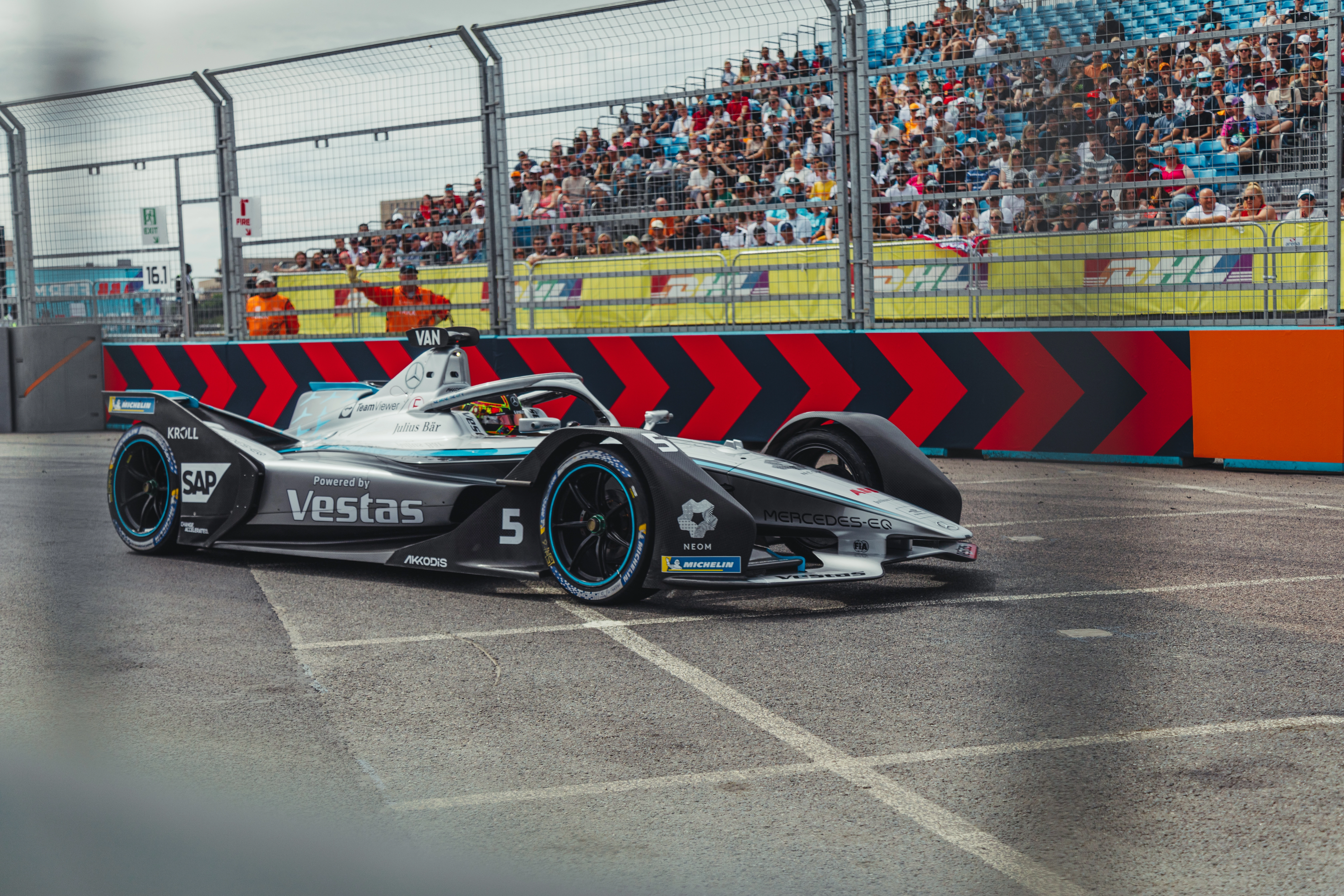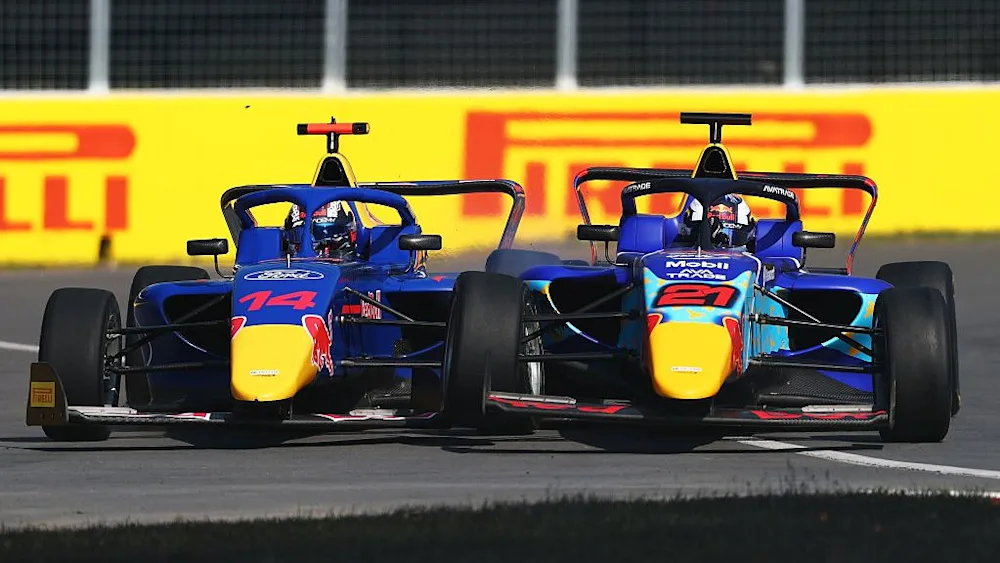The Arduous Journey of the Hispania Racing Team
- Marco Noguier
- Feb 25, 2023
- 3 min read
Written by Marco Noguier, Edited by Vyas Ponnuri

2010 was an important year for Formula One. While Brawn was bought by Mercedes after their excellent season, three new teams: Manor, Caterham, and HRT joined the grid. The last one, was the most short-lived of the three, having only spent three seasons in F1, albeit very difficult ones.
HRT was a relatively smaller team, locked in a battle towards the rear of the grid. Unfortunately, a poor run of results, coupled with a lack of sponsors and money brought an end to this short-lived team.
It all began when Adrian Campos, a former F1 driver, created his own race team: Campos Motorsport. The team entered the “World Series by Nissan” in 1998, and won the title in their debut season. In 1999 they won again, this time with Fernando Alonso. In 2004, Campos joined the Spanish Formula 3 Championship, before making an entry into the GP2 series a year later.
During the first two seasons, the team netted a sole podium finish. Things changed in 2008, when Alejandro Agag took over the team, which was renamed to the “Barwa Addax”. In 2008, an economic crisis struck the world forcing many teams to leave Formula 1, causing the FIA to call for new teams to fill up the grid. Following a good 2008 season, Adrian Campos gave his GP2 team to Agag, to focus on a prospective bid for an F1 team. For this, Campos got in touch with Enrique Rodriguez, and created the Campos F1 team, which later became Campos Meta, in conjunction with Meta Image, a sports agency from Madrid. And soon, the good news came through, the bid was chosen by the FIA along with two other teams, to race in Formula 1 from 2010.
Knowing this, Campos could now focus on building a car. Dallara provided the chassis, and Cosworth supplied the V8 engine. In October 2009, the team signed its first driver, in the form of Brazilian driver Bruno Senna, the late Ayrton Senna’s nephew. Unfortunately, the team’s finances weren’t sufficient to start the season. Just as everything seemed lost, a ray of hope appeared: José Ramon Carabante, a Spanish businessman, bought out the team, renaming it Hispania Racing, and appointing Colin Kolles as the team principal, with Karun Chandhok being signed to fill the vacant seat.
Unfortunately, HRT missed the winter testing sessions, due to the financial issues, but was ready for the first face in Bahrain. However, the race turned out to be a disaster. Chandhok’s debut lasted a mere lap, and Senna faced an engine failure on lap 17. The car was miles off the pace, and even slower than a GP2 car. In Australia, Chandhok finished the race 5 laps down on the race leader. The team director accused Dallara for the bad performances, which led to fall-out between the two groups. During the summer break, Sakon Yamamoto replaced Karun Chandhok. Despite all the off-track hurdles, the team finished 11th in the constructors’ standings, ahead of fellow debutantes Virgin.

For 2011, the team signed two new drivers, in the form of Narain Karthikeyan and Vitantonio Liuzzi. The team’s livery gave an account of the financial difficulties of the team, with a box stating « This could be you » on the sidepods, calling for potential sponsors. The main aim was to survive the season, and finish as high as possible. The season began on a low note, once again, both cars failing to qualify for the Australian Grand Prix. Although there was a silver lining, the car’s reliability improved, and they were able to bring it to the races. At Silverstone, HRT signed a new driver, a young Australian named Daniel Riccardo. And during the summer break, the team’s ownership changed hands once again, bought again by new investors, who proceeded to fire José Ramon Carabante. This would prove to be a good move, despite the team finishing 11th, once again ahead of Virgin.

For the 2012 season, the team retained Karthikeyan, and signed Pedro de la Rosa . But this season is a step back. The reliability, which was once a strong point of the car, was not a feature anymore, and HRT slid to dead last, behind Caterham and Marussia, who moved ahead. The team was put up for sale, and having been unable to find a buyer, the team closed down ahead of the 2013 season.
Adrian Campos returned to the atmosphere of racing, returning to GP2 in 2014 and GP3 in 2015, two teams who compete even today in Formula 2 and Formula 3.











Comments